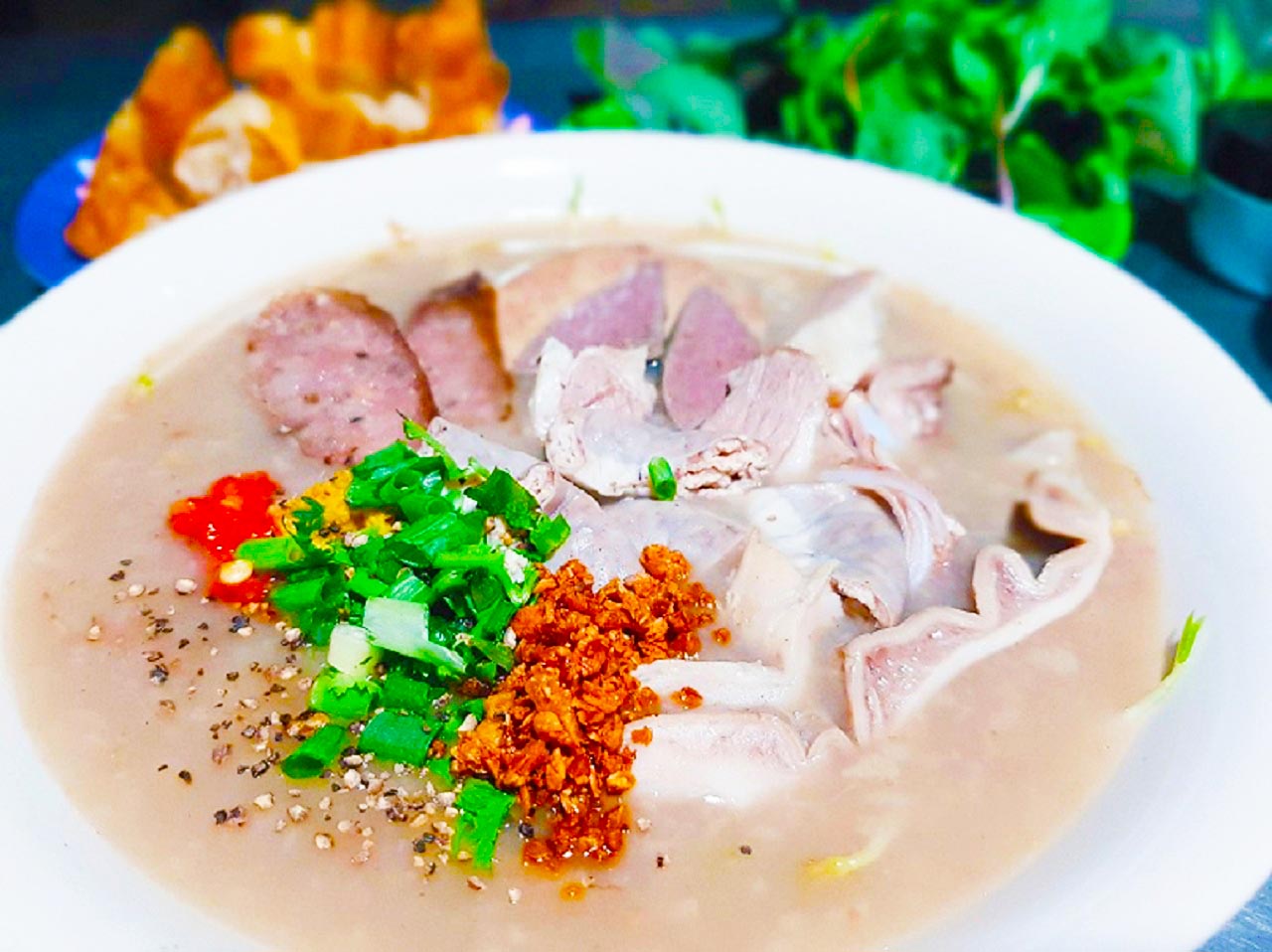
Source: Collected internet.
Eight UNESCO world heritage sites stretch across Vietnam. Each place offers interesting perspectives on local life and majestic natural beauty. The Imperial Citadel and Hue mausoleums take you back to the Nguyen Dynasty full of ups and downs. Hoi An ancient town was once a bustling meeting point for ships and traders around the world. Throughout other provinces and cities, you will encounter ancient relics, poetic scenes, and vivid pieces that create the picture of Vietnamese heritage.
The specialties of each region of Vietnam carry within themselves the local lifestyle and the quintessence of nature there. The North cherishes delicate recipes, like a delicious bowl of bun thang that must be prepared for many hours. In the Central region, royal culinary traditions and typical spices blend in unique dishes such as lotus rice or spring rolls. Southern braised fish and sour soup come from abundant seafood resources, the pride of the Mekong Delta.
Vietnam's costumes are very diverse and rich, but the ones that impress people the most are the ao dai and the four-piece dress. The outfit carries the look and soul of Vietnam and when it comes to it, people will immediately think of Vietnam and that is the traditional ao dai. Traditional ao dai consists of a long shirt split into two front and back flaps, floor-length pants, material is silk or plain fabric, diverse colors and patterns.
Located on the left bank of the Red River, Bat Trang commune is known for its rich historical tradition and unique craft village culture, good advantages for developing craft village tourism. Recently, Bat Trang commune was recognized as a tourist destination of Hanoi city.